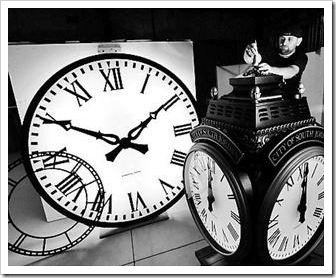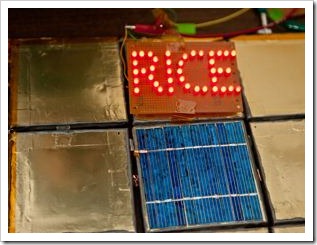Google has done the unthinkable — the creation of an ‘artificial brain’ from 16,000 computer processors, with more than a billion connections.
The team led by Google’s Jeff Dean then fed it random images culled from 10 million YouTube videos — and let it ‘learn’ by itself.
Surprisingly, the machine focused in on cats. “We never told it during the training ‘this is a cat’,” said Dean. “It basically invented the concept of a cat.”
The revelation
“Contrary to what appears to be a widely-held intuition, our experimental results reveal that it is possible to train a face detector without having to label images as containing a face or not,” says the team.
“We also find that the same network is sensitive to other high-level concepts such as cat faces and human bodies.”
“Starting with these learned features, we trained our network to obtain 15.8 per cent accuracy in recognizing 20,000 object categories from Image Net, a leap of 70 per cent relative improvement over the previous state-of-the-art,” it said,Daily Mail reports.
The ‘brain’ was a creation of the company’s ‘blue sky ideas’ lab, Google X, reportedly located in Google’s Mountain View, California, headquarters — known as ‘the Googolplex.’
Engineers are free to work on projects such as connected fridges that order groceries when they run low — or even tableware that can connect to social networks.
Other Google engineers have reportedly researched ideas as far-out as elevators to space.
Blowfish12@2012 blowfish12.tk Author: Sudharsun. P. R.
Related articles
- Google artificial brain recognizes cat images (panarmenian.net)
- Artificial brain with billion connections (thehindu.com)
- Google Builds Artificial Brain ...To Watch Cats (newsy.com)
- Google conjures artificial brain with billion connections (news.bioscholar.com)
- Google conjures artificial brain with billion connections (refreshingnews99.blogspot.com)
- Google artificial brain is facinated with cats (belfasttelegraph.co.uk)
- Google's Artificial Brain Loves Cat Videos Too (gizmodo.com.au)
- Google-built machine learns to find cats on the Internet - msnbc.com (futureoftech.msnbc.msn.com)
- Google's Artificial Brain Loves to Watch Cat Videos (gizmodo.co.uk)
- Google creates 'artificial brain' - and it immediately starts watching cat videos (dailymail.co.uk)



